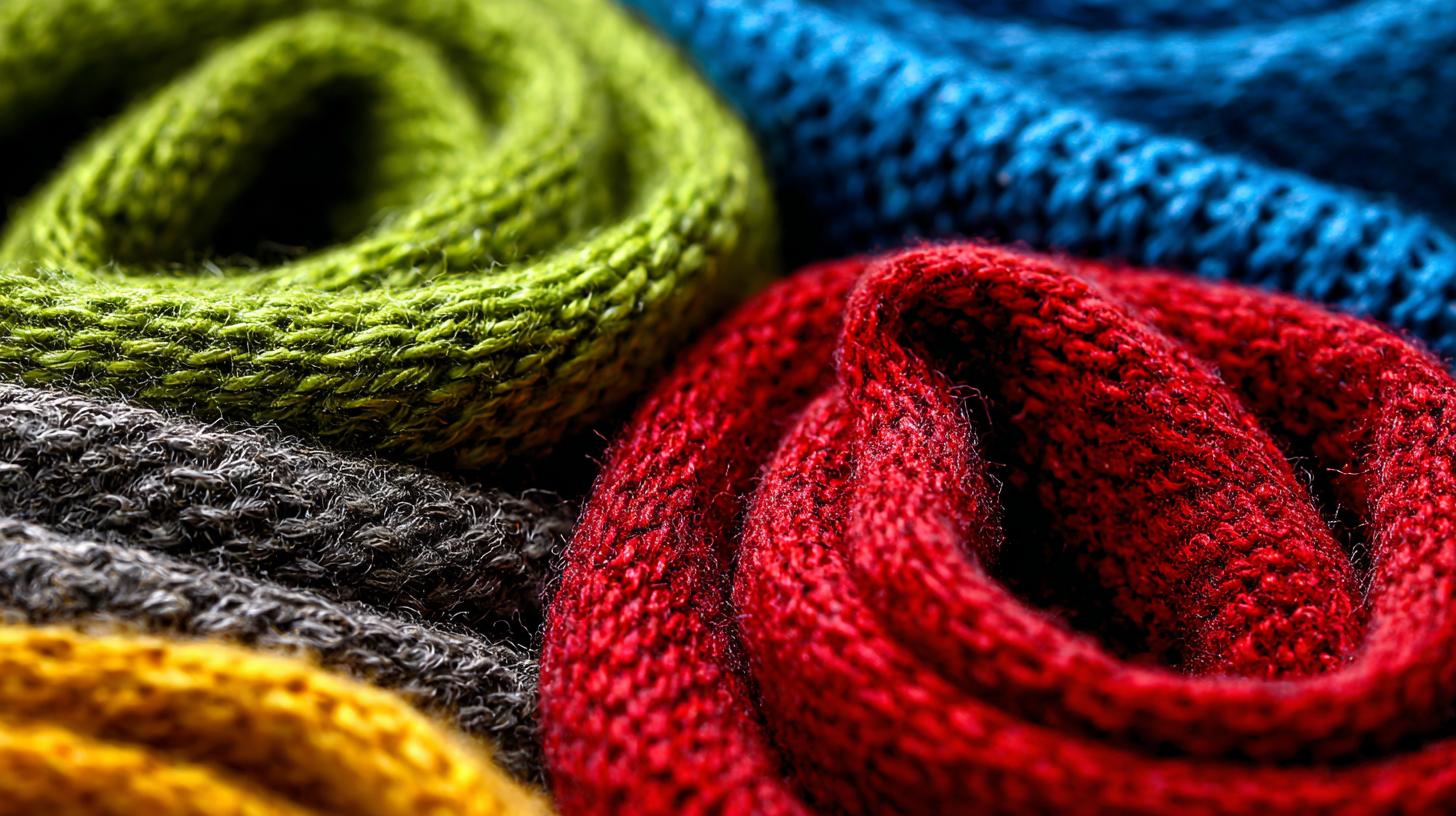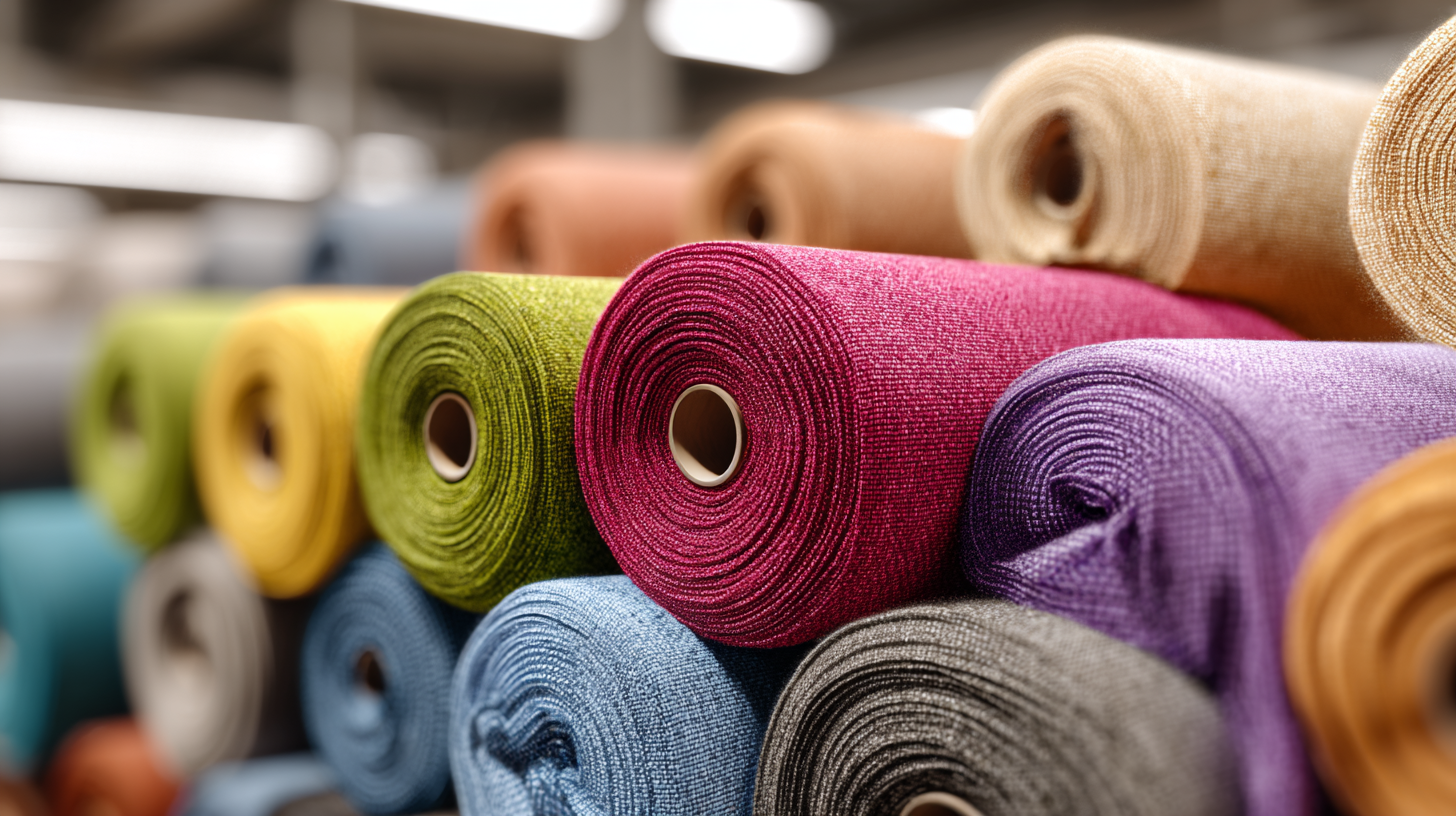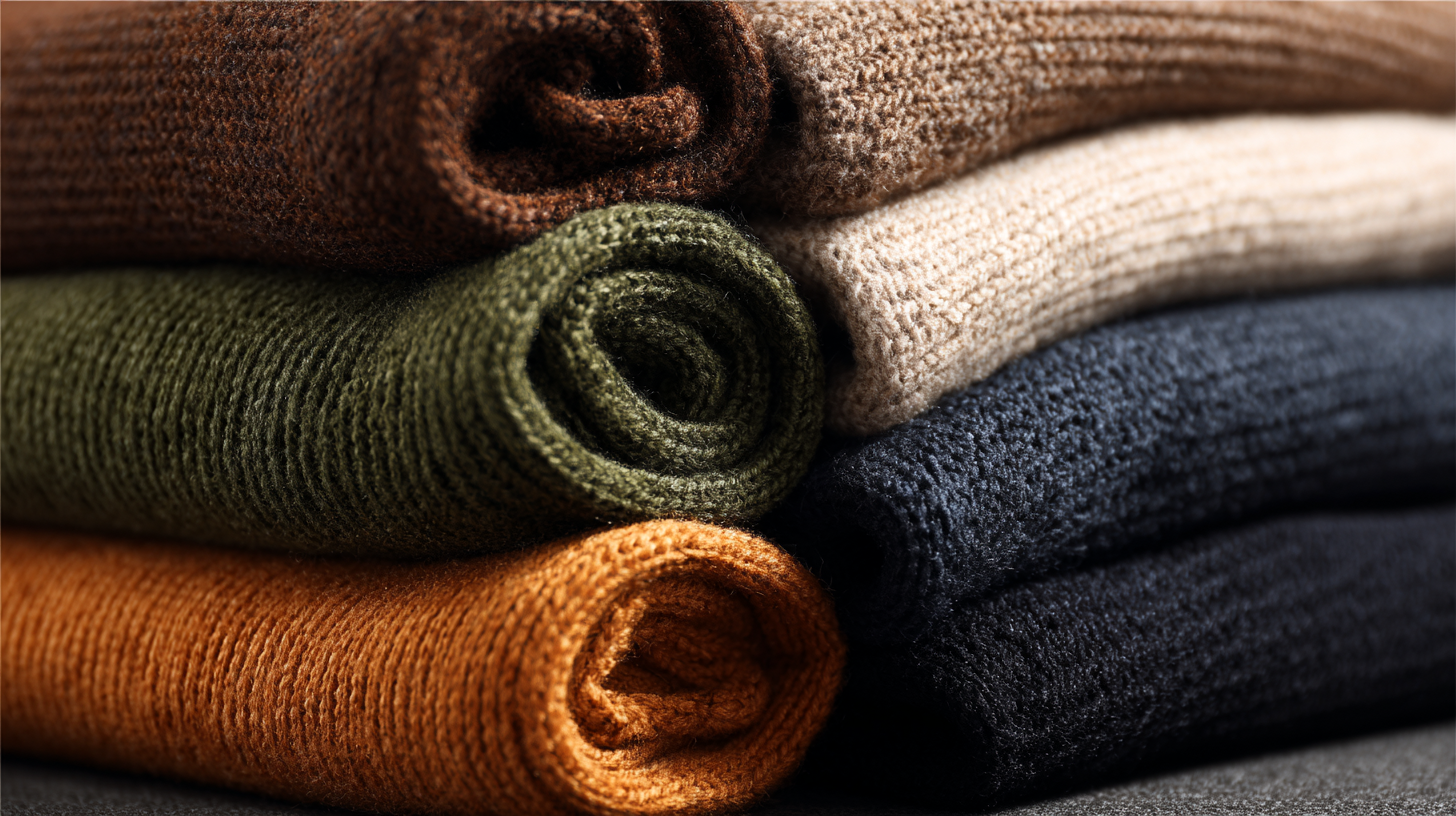In the ever-evolving world of textiles, Knitted Fabric has emerged as a preferred choice for both consumers and manufacturers alike, thanks to its versatility, comfort, and durability. As the global demand for high-quality knitted materials continues to rise, Chinese manufacturers have established themselves as trusted leaders in the industry. With a reputation for unwavering quality and commitment to international standards, China's knitting industry not only meets but often exceeds the expectations of global buyers.

This blog will explore the reasons behind this growing trust in Chinese manufacturing, highlighting the remarkable advancements in technology, sustainable practices, and consistency that contribute to the superior quality of knitted fabric. By delving into these aspects, we aim to shed light on why knitted fabric from China is not just a choice, but a benchmark of excellence recognized around the world.
The demand for high-quality knitted fabrics is surging globally, driven by the evolving fashion landscape and consumer preferences. By 2032, the global viscose fiber market is projected to grow from $27.37 billion in 2025 to an impressive $40.26 billion, reflecting a robust compound annual growth rate (CAGR) of 8.4%. This trend underscores the increasing focus on sustainability and quality, pivotal for meeting the diverse needs of global consumers.
In regions like Wuxi, recent market reports indicate a stable increase in demand, with inventory levels improving and yarn prices rising. The SHANGHAI International Fabric Fair showcases innovations that align with contemporary trends, from urban outdoor aesthetics to vibrant color palettes. This commitment to quality and innovation has become essential for manufacturers aiming to stay competitive in the global market.
Tip: When sourcing knitted fabrics, consider suppliers who prioritize sustainable practices, as this trend is likely to resonate with eco-conscious consumers.
Tip: Stay informed about market forecasts and emerging trends to align your inventory with consumer demands. This proactive approach can significantly enhance your market positioning in the coming years.
In the global landscape of knitted fabric manufacturing, the unwavering quality of Chinese products has become a cornerstone of trust for buyers worldwide. Recent studies underscore the critical role that trust plays across various industries. For instance, a global patient survey revealed that the primary motivator for individuals seeking medical treatment abroad is their trust in service providers. This sentiment highlights an overarching trend: quality assurance is paramount, and industries must cultivate trust to thrive.
China continues to dominate in the trust arena, as evidenced by its impressive 2021 government trust ratings, which reached 91%, marking a significant increase of nine percentage points from the previous year. This trend is pivotal in the realm of manufacturing, particularly in knitted fabrics where adherence to high standards is essential. Furthermore, the recent launch of international e-commerce standards emphasizes the need for reliable frameworks, creating a "trust bridge" across markets and enhancing buyer confidence. Combined with stringent quality control and a commitment to transparency, these elements position Chinese manufacturers as leaders in the industry, fostering a dependable international reputation amid evolving global demands.

The global knitted fabric industry has experienced a significant transformation driven by advancements in production techniques. A comparative analysis reveals that Chinese manufacturers excel in using state-of-the-art technology, including flat knitting and circular knitting machines, which enhance their efficiency and product quality. According to a recent report by Market Research Future, the global knitted fabric market is expected to grow at a CAGR of 5.4% from 2021 to 2026. This growth is largely attributed to the superior manufacturing processes adopted by Chinese textile producers, who are continually innovating to meet international standards.
Tips for Buyers: When sourcing knitted fabrics, pay close attention to the manufacturing processes employed. Ensure that your suppliers utilize modern machinery, as this directly influences the fabric's durability and softness—a key factor for consumer satisfaction.
Moreover, the attention to detail in quality control is something that sets Chinese manufacturers apart in the global market. Many factories comply with international certifications such as ISO 9001, ensuring they adhere to strict quality management systems. Comparative studies indicate that products from China often receive higher ratings in consistency and performance, which are critical for large-scale purchases.
Tips for Buyers: Consider establishing long-term partnerships with suppliers who demonstrate a commitment to quality assurance and sustainable practices. This can lead to more reliable sourcing and better product outcomes over time.

China has established itself as a dominant force in the global textile export market, largely due to its unwavering commitment to quality and innovation. Recent industry data indicates that China holds a significant share of the global textile exports, making it the preferred supplier for many international buyers. The country's vast manufacturing capabilities, combined with state-of-the-art technology and skilled labor, ensure that Chinese knitted fabrics meet high standards of quality and durability, making them highly sought after in global markets.
When sourcing knitted fabrics, buyers should prioritize suppliers who adhere to international quality certifications. Checking for certifications such as ISO or Oeko-Tex can provide assurance of the fabric's safety and production standards. Additionally, establishing strong communication with suppliers can help in understanding their manufacturing processes and lead times, ultimately fostering a more reliable partnership.
Moreover, staying updated on market trends can give buyers a competitive edge. Understanding seasonal demands and leading styles may influence sourcing decisions, allowing buyers to select fabrics that will resonate with their target markets. By leveraging China’s prowess in textiles, international buyers can tap into a wealth of high-quality materials that enhance their product offerings.
| Category | Percentage of Global Exports | Major Markets | Year-on-Year Growth Rate (%) |
|---|---|---|---|
| Knitted Fabrics | 35% | United States, Europe, Japan | 8% |
| Cotton Knits | 25% | Germany, UK, Australia | 10% |
| Wool Knits | 15% | South Korea, Italy | 5% |
| Synthetic Knits | 25% | India, Brazil, Mexico | 12% |
Sustainable practices in Chinese knitted fabric manufacturing are gaining global acceptance as
environmental consciousness becomes paramount
in the textile industry. As the world's largest manufacturer of protective clothing, China is increasingly
adopting eco-friendly processes that aim to reduce textile waste and minimize the
environmental impact of garment production.
Events like the 2025 Puyuan Fashion Week highlight these
efforts, promoting a theme of "Weaving Without Borders" to
inspire collaboration and innovation in sustainable fashion practices.
To make your own fashion choices more sustainable, consider these tips: